- Home
-
My Models
-
AV History
- Airline History Blog
-
Airline Development
>
-
Liveries
>
- Aeroméxico Liveries
- Air China Special Liveries
- American Airlines Liveries
- British Airways Liveries
- Continental Airlines Liveries
- Delta Air Lines Liveries
- Eastern Air Lines Liveries
- Landor Liveries
- National Airlines Liveries
- Northeast Airlines Liveries
- Northwest Airlines Liveries
- Pan Am Liveries
- Trans World Airlines Liveries
- United Airlines Liveries
- Western Airlines Liveries
- Airbus A380s >
- Boeing 747 >
- Real Airport Histories >
- Plane Spotting >
- Aviation Stickers >
-
1:400 SCALE
- Collecting 1:400 Scale >
- The History of 1:400 Scale >
-
1:400 Brands
>
- Aeroclassics >
- Airshop Diecast
- AURORA Models
- Aviation400 (2007-2012)
- Big Bird 400 Your Craftsman
- Black Box Models
- Blue Box & Magic Models
- C Models
- Dragon Wings
- El Aviador 400
- Gemini Jets >
- JAL Collection / Jet Hut >
- Jet-X >
- MP4 Models
- NG Models >
- Panda Models >
- Phoenix Models >
- Seattle Models Co (SMA)
- Skyjets400
- Sovereign Models
- TucanoLine
- Witty Wings / Apollo
- Yu ModeLs
- 1:400 Custom Models >
- Production Numbers
- Zinc Rot
-
1:400 Moulds
- The Best Moulds >
- Airbus >
-
Boeing
>
- Boeing B-377 Stratocruiser
- Short Boeing 707s & 720s
- Boeing 707-320/420
- Boeing 717
- Boeing 727-100
- Boeing 727-200
- Boeing 737-100/200
- Boeing 737-300 >
- Boeing 737-400
- Boeing 737-500
- Boeing 737-600
- Boeing 737-700/800/900 >
- Boeing 737 MAX
- Boeing 747-100/200 >
- Boeing 747-400 >
- Boeing 747SP
- Boeing 747-8 Interactive
- Boeing 747LCF Dreamlifter
- Boeing 757-200 >
- Boeing 757-300
- Boeing 767-200
- Boeing 767-300
- Boeing 777-200
- Boeing 777-300
- Boeing 787
- British >
- Douglas >
- Lockheed >
- Other >
- Chinese >
- Soviet >
- Smallest Moulds in 1:400
-
1:400 Reviews
-
Model News
- Model Blog
-
New Mould Samples
>
- Aviation400 >
- JC Wings >
-
NG Models 400 Scale
>
- Airbus A318
- Airbus A319/320 CEO
- Airbus A319/320 NEO
- Airbus A321CEO & NEO
- Airbus A330-200/300
- Airbus A330 Beluga XL
- Airbus A330-800/900
- Airbus A340-200/300
- Airbus A350-900
- Airbus A350-1000
- Boeing 737-600/700/900
- Boeing 737-600 Refresh
- Boeing 737-800
- Boeing 737 MAX-8/MAX-9
- Boeing 737 MAX-7/MAX-10
- Boeing 747-100
- Boeing 747-200
- Boeing 747-400
- Boeing B747SP
- Boeing 747-8I
- Boeing 747-8F
- NG 747s Together
- Boeing 757-300
- Boeing 767-200/300 >
- Boeing 767-400 >
- Boeing 777-200
- Boeing 777-300/300ER
- Boeing 787-8
- Lockheed L-1011 Tristar
- Lockeed Tristar 500
- McDonnell Douglas MD-80
- McDonnell Douglas MD-87
- Tupolev Tu-154
- Tupolev Tu-204/Tu-214/Tu-234
- NG Models 200 Scale >
- Phoenix Models >
- Yu ModeL >
-
1:600 SCALE
- DIORAMAS
|
The Vickers Viscount sold well, but although it got sales all around the world the USA was relatively lukewarm to turboprops in general, especially British ones. Even so, the Viscount still appeared in the States and in some unusual locations long after it was out of production. In the USA's newest state the Viscount was put into service by both competing Hawaiian carriers, well after production had ended, to help bridge the gap to pure jets and help both cope with the growth in passengers statehood at brought.
0 Comments
The rise of the ME3 has been nothing short of meteoric and nowadays this area of the world appears to be involved in (or ruining) everything, not the least football! Anyway back in the 1990s the advent of Emirates and Qatar Airways seemed like nothing special. Just a couple more vanity project national airlines. Nobody seemed especially bothered by them, but of course that would all change in the 2000s as unlimited funding and a useful geographic location changed aviation forever. Qatar Airways is today a very different beast to the airline that began flying in 1994 and here I take a look back at its earliest years.
Some airlines have ordered new aircraft and operated them only briefly due to changing operational needs and financial problems. Aer Lingus and the 767-300 are one such example who utilised the type only briefly and never for its original intended purpose. Considering the airline subsequently re-equipped with the competing Airbus A330 the 767-300 in full Aer Lingus colours is a great example of what might have been.
Airline's come and go with some frequency, but some are more interesting than others and few short-lived attempts get a release in 400 scale. Some do though, usually via that haven of diversity Aeroclassics. I do love an obscure airline from an obscure nation and Pacific Flier is both. Small Pacific island nations have often attempted to create their own connectivity but it has not always been easy for them and Palau's attempt in 2009 did not last long.
The glory of the Pan Am name made it almost inevitable that it would return following the original's demise. Interestingly the second incarnation had more in common with another fallen giant, but the mid-90s was a challenging period to start an airline, especially one competing in the cut-throat Northeast-Florida market. The initial bright shoots of Pan Am II faded quickly and a merger with another low-cost airline could not stabilise the situation enough to stop Pan Am II from being a short-lived footnote in the history of the once glorious name of Pan Am.
The A319 has been an important and successful member of the A320 family, especially in the early 2000s. It's successor, the A319neo, has not fared anywhere near as well with, depending on how you slice it, only 13 deliveries since 2021 and a tiny order backlog. In fact, currently it is only in service with a single airline (and several non-airline customers), although its second airline customer, Tibet Airlines, looks like it'll be receiving its first aircraft soon. What has changed and what's in store for the A319neo?
Air Pacific's first foray into long-haul flights was an expensive failure, however the airline wasn't to be denied and tried another tack. Although upgrading capacity to 747s may at first glance have seemed unwise the new arrangement was a big success in no small part to its new partnership with Australia's national carrier Qantas.
When I investigate the histories of models in my collection it is always an interesting moment when I realise that I have the same airframe in my collection wearing different liveries. This is the case for one of my DC-10-30s, which started its life in the South Pacific and would alternate during its career between that region and the USA. It was also unique in being the only DC-10 to wear the wonderful scheme of Air Pacific of Fiji and would be the aircraft that launched that airline's ill-fated first steps into long-haul travel.
The myriad of new airlines formed in the twenty years after the collapse of the Soviet Union was amazing, but also symptomatic of an industry where dubious operators were common and crashes rife. It somewhat reminds of the period immediately following WW2 in the USA and the rise of the non-skeds. Tretyakovo Airlines was just one of these airlines that picked up ex-Aeroflot equipment and flew until it had its licence revoked due to a crash!
The Tupolev 144 (NATO codename 'Charger') is a magnificent looking airliner that pushed Soviet technology to the brink and beyond it. The race to create supersonic passenger airliners was one that faced a range of almost insurmountable problems and in the USSR this led to the continued production of an aircraft that would never have gotten as far as it did if it were made in the West. The Tu-144 was certainly not a success and it wouldn't be out of step to label it a disaster, but the resulting aircraft was without a doubt one of the most impressive civil types ever built.
Perm is a city of just over 1 million people in central Russia. Long a crossroads and the gateway to Siberia following the breakup of the Soviet Union the successor of the Urals CAD / 1st Perm UAD of Aeroflot became Perm Airlines one of many new airlines of the new Russia. Carrying the Bear logo of Perm the airline was first to fly the new Tupolev Tu-204.
The Il-62 (NATO codename 'Classic'), in 1967, finally gave the Soviet Union a long-haul jet airliner, albeit one comparable to first generation Western jetliners like the 707 rather than second generation widebodies then under development elsewhere. The original version was then gradually replaced by the improved M variant from 1974, but the 'basic' variant continued in service domestically and was even used to introduce a kind of 1st Class service in 1978.
Soviet-era aircraft usually come in a dizzying array of, often bizarre, variants and the IL-76 is no different. You may recognise the saucer atop the fuselage of this 76 to mark it out as the AWACs Ilyushin / Beriev A-50 Mainstay variant, but in fact it is something different. It is the 'aircraft 976' SKIP variant, the IL-76SK, used for the AMCS mission. What is that you ask? Read on...
The philosophical and literal union (they married) between Mary Wells of the marketing firm Wells Rich Greene and Harding Lawrence, leader of Braniff International, powered the airline's transformation through the 1960s and 70s. The artistic apogee of this union was the special Calder schemes one of which celebrated the 1976 US Bicentennial. A late addition to the scheme gained it its nickname and the aircraft that wore it had some personality too.
Harding Lawrence had taken over the leadership of Braniff in 1965 and changed not only the airline but also the industry as a whole with his marketing heavy image makeover. It had worked and Braniff had increased its profitability whilst making moves, like the takeover of Panagra, which strengthened its position. Fleet rationalisation was a key pillar of this strategy also. Lawrence wanted rid of the Electras and One-Elevens and to that end was building up his fleet of 727s. Come 1971 and it was also time for another makeover.
|
AuthorI'm Richard Stretton: a fan of classic airliners and airlines who enjoys exploring their history through my collection of die-cast airliners. If you enjoy the site please donate whatever you can to help keep it running: Archives
July 2024
Categories
All
|
- Home
-
My Models
-
AV History
- Airline History Blog
-
Airline Development
>
-
Liveries
>
- Aeroméxico Liveries
- Air China Special Liveries
- American Airlines Liveries
- British Airways Liveries
- Continental Airlines Liveries
- Delta Air Lines Liveries
- Eastern Air Lines Liveries
- Landor Liveries
- National Airlines Liveries
- Northeast Airlines Liveries
- Northwest Airlines Liveries
- Pan Am Liveries
- Trans World Airlines Liveries
- United Airlines Liveries
- Western Airlines Liveries
- Airbus A380s >
- Boeing 747 >
- Real Airport Histories >
- Plane Spotting >
- Aviation Stickers >
-
1:400 SCALE
- Collecting 1:400 Scale >
- The History of 1:400 Scale >
-
1:400 Brands
>
- Aeroclassics >
- Airshop Diecast
- AURORA Models
- Aviation400 (2007-2012)
- Big Bird 400 Your Craftsman
- Black Box Models
- Blue Box & Magic Models
- C Models
- Dragon Wings
- El Aviador 400
- Gemini Jets >
- JAL Collection / Jet Hut >
- Jet-X >
- MP4 Models
- NG Models >
- Panda Models >
- Phoenix Models >
- Seattle Models Co (SMA)
- Skyjets400
- Sovereign Models
- TucanoLine
- Witty Wings / Apollo
- Yu ModeLs
- 1:400 Custom Models >
- Production Numbers
- Zinc Rot
-
1:400 Moulds
- The Best Moulds >
- Airbus >
-
Boeing
>
- Boeing B-377 Stratocruiser
- Short Boeing 707s & 720s
- Boeing 707-320/420
- Boeing 717
- Boeing 727-100
- Boeing 727-200
- Boeing 737-100/200
- Boeing 737-300 >
- Boeing 737-400
- Boeing 737-500
- Boeing 737-600
- Boeing 737-700/800/900 >
- Boeing 737 MAX
- Boeing 747-100/200 >
- Boeing 747-400 >
- Boeing 747SP
- Boeing 747-8 Interactive
- Boeing 747LCF Dreamlifter
- Boeing 757-200 >
- Boeing 757-300
- Boeing 767-200
- Boeing 767-300
- Boeing 777-200
- Boeing 777-300
- Boeing 787
- British >
- Douglas >
- Lockheed >
- Other >
- Chinese >
- Soviet >
- Smallest Moulds in 1:400
-
1:400 Reviews
-
Model News
- Model Blog
-
New Mould Samples
>
- Aviation400 >
- JC Wings >
-
NG Models 400 Scale
>
- Airbus A318
- Airbus A319/320 CEO
- Airbus A319/320 NEO
- Airbus A321CEO & NEO
- Airbus A330-200/300
- Airbus A330 Beluga XL
- Airbus A330-800/900
- Airbus A340-200/300
- Airbus A350-900
- Airbus A350-1000
- Boeing 737-600/700/900
- Boeing 737-600 Refresh
- Boeing 737-800
- Boeing 737 MAX-8/MAX-9
- Boeing 737 MAX-7/MAX-10
- Boeing 747-100
- Boeing 747-200
- Boeing 747-400
- Boeing B747SP
- Boeing 747-8I
- Boeing 747-8F
- NG 747s Together
- Boeing 757-300
- Boeing 767-200/300 >
- Boeing 767-400 >
- Boeing 777-200
- Boeing 777-300/300ER
- Boeing 787-8
- Lockheed L-1011 Tristar
- Lockeed Tristar 500
- McDonnell Douglas MD-80
- McDonnell Douglas MD-87
- Tupolev Tu-154
- Tupolev Tu-204/Tu-214/Tu-234
- NG Models 200 Scale >
- Phoenix Models >
- Yu ModeL >
-
1:600 SCALE
- DIORAMAS

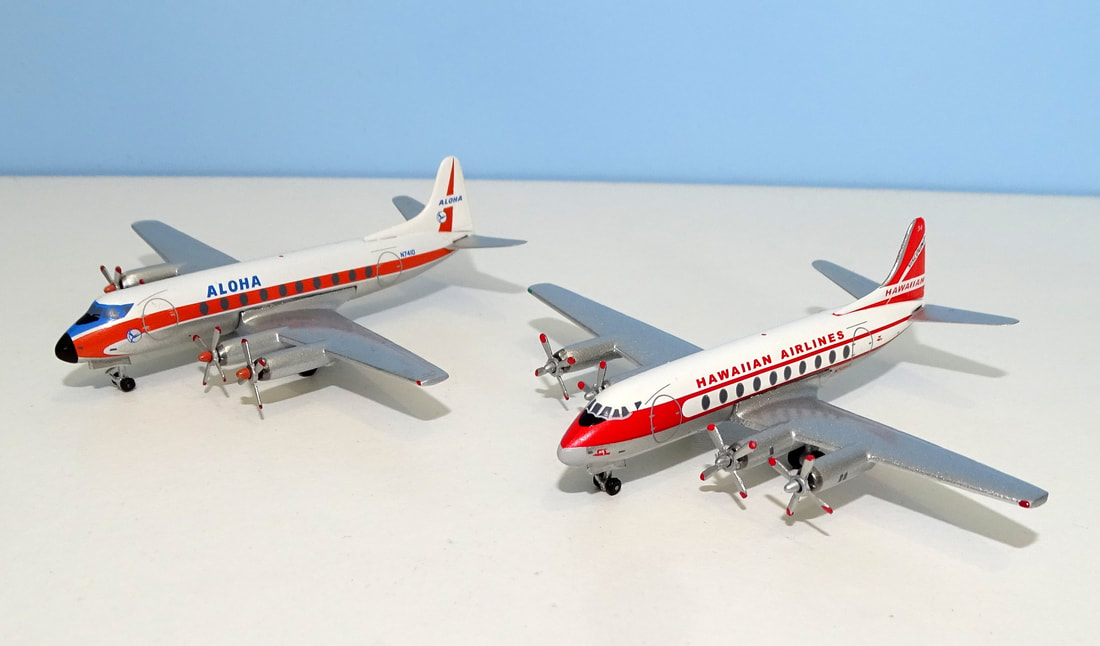
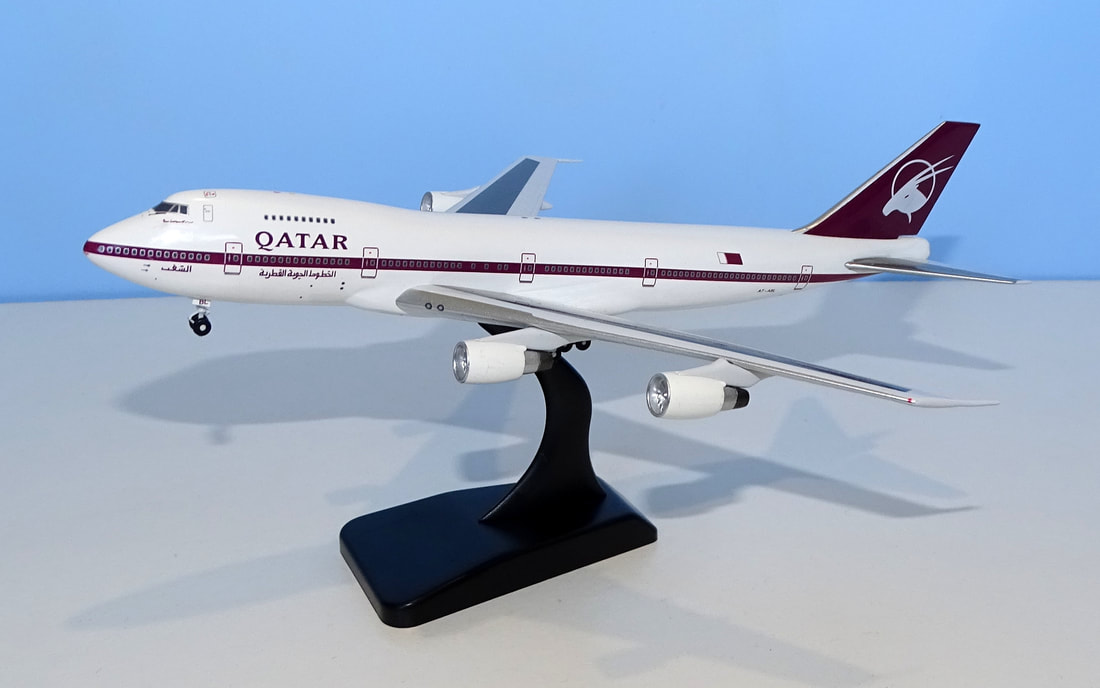
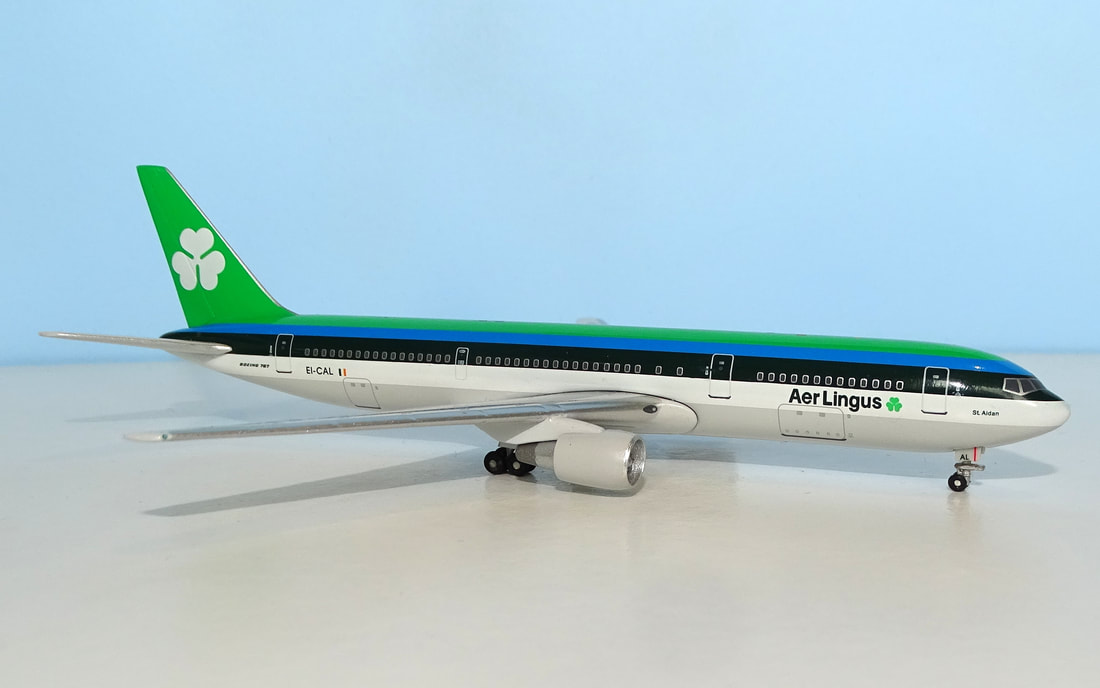
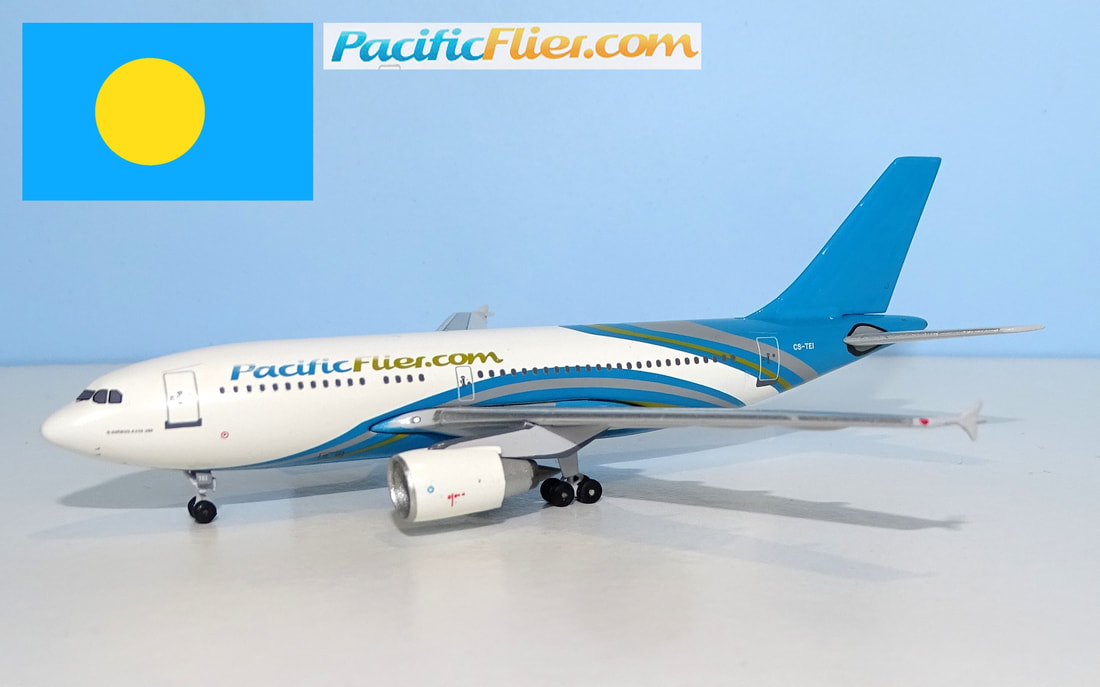
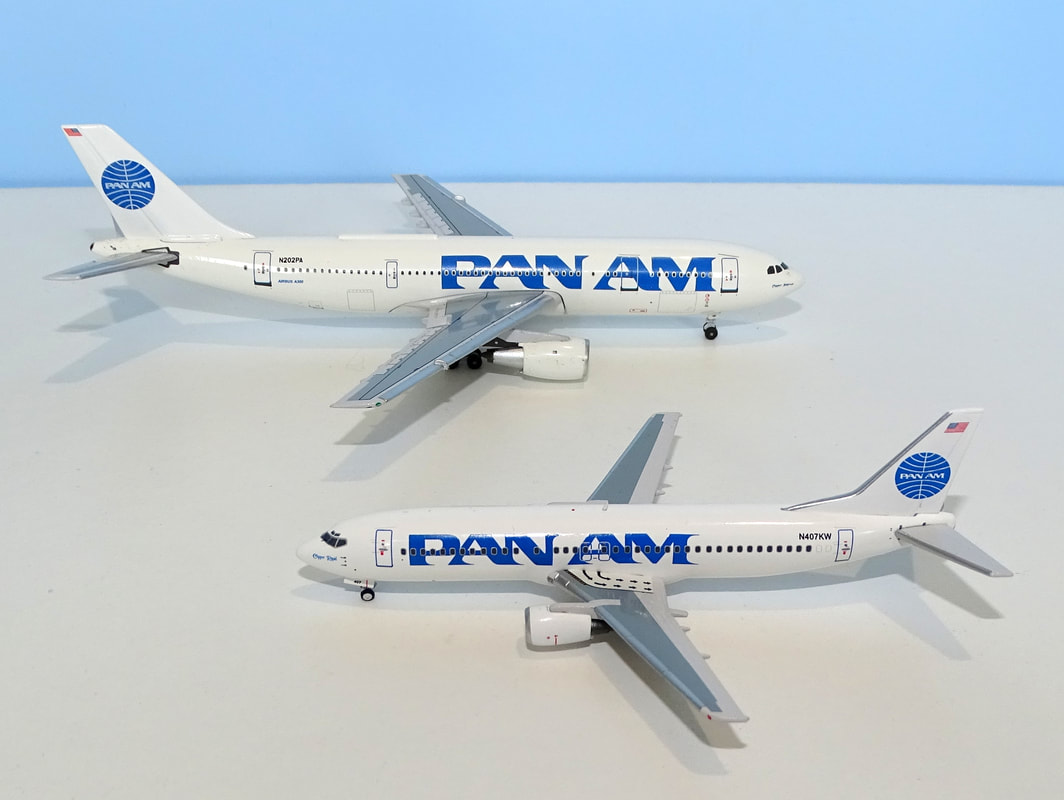
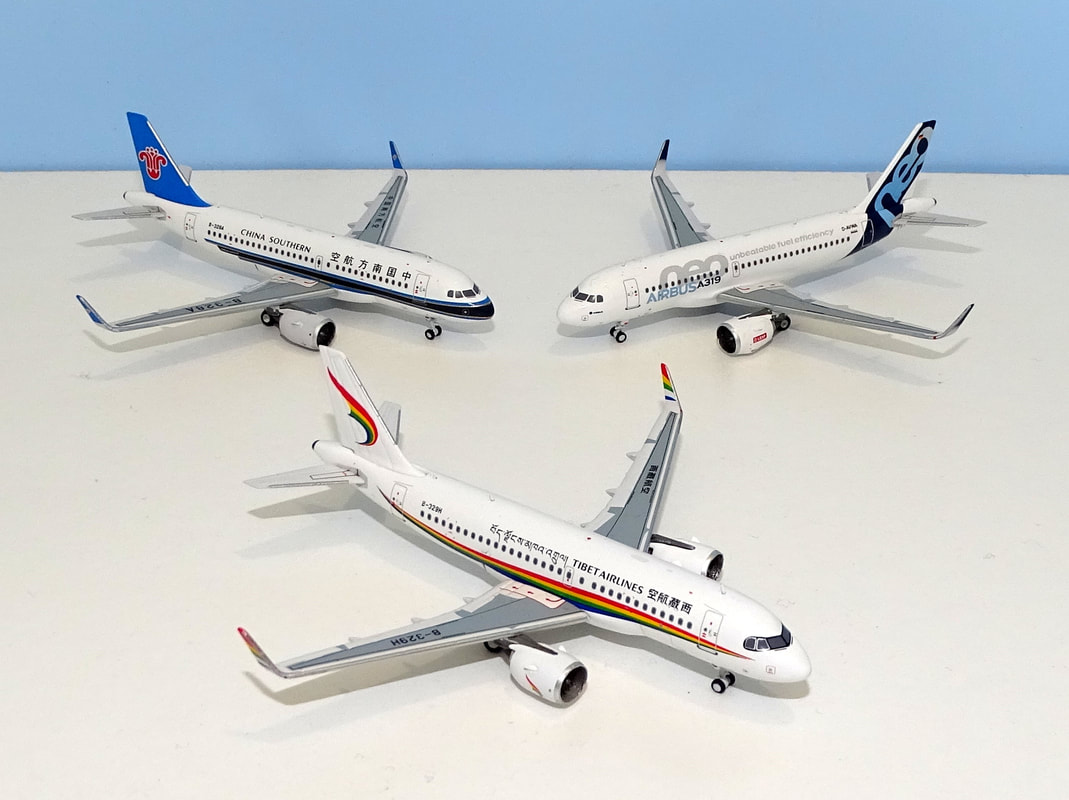
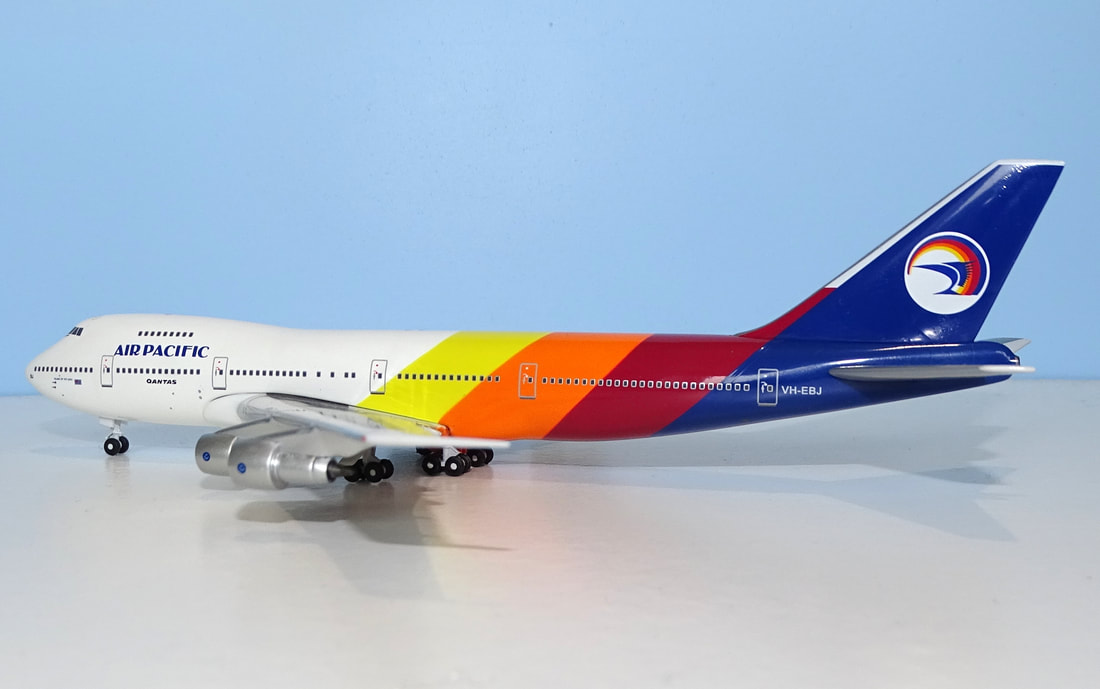
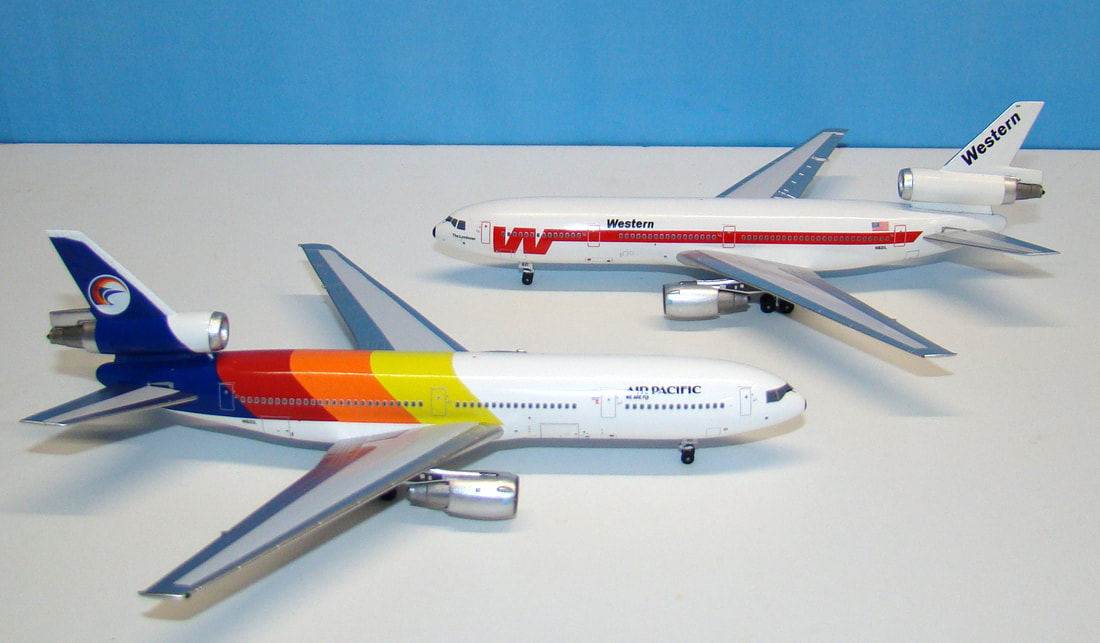
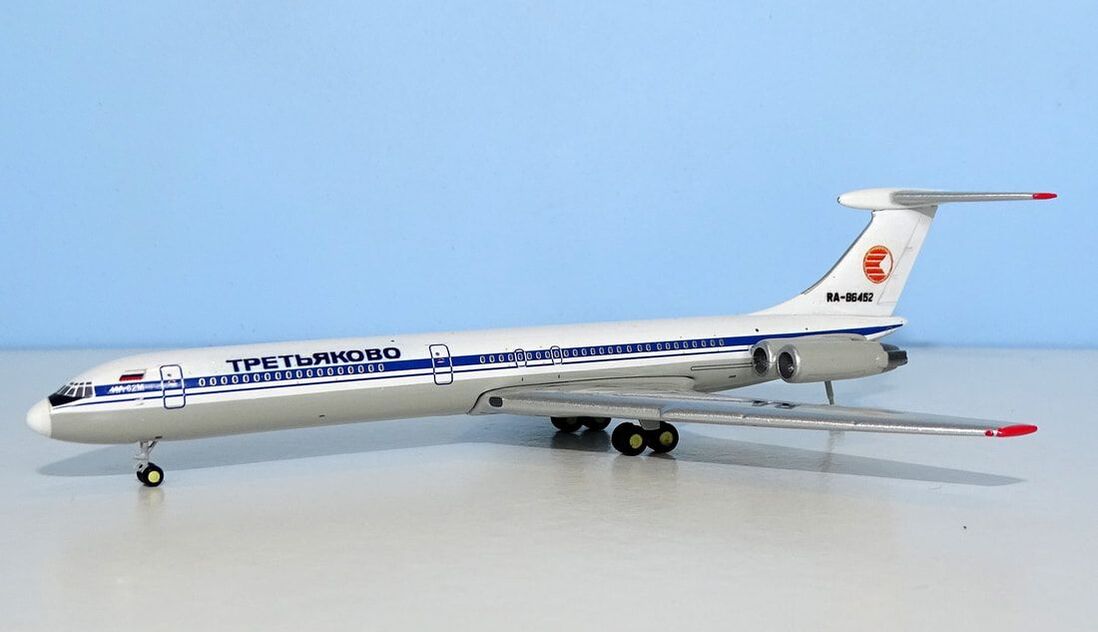
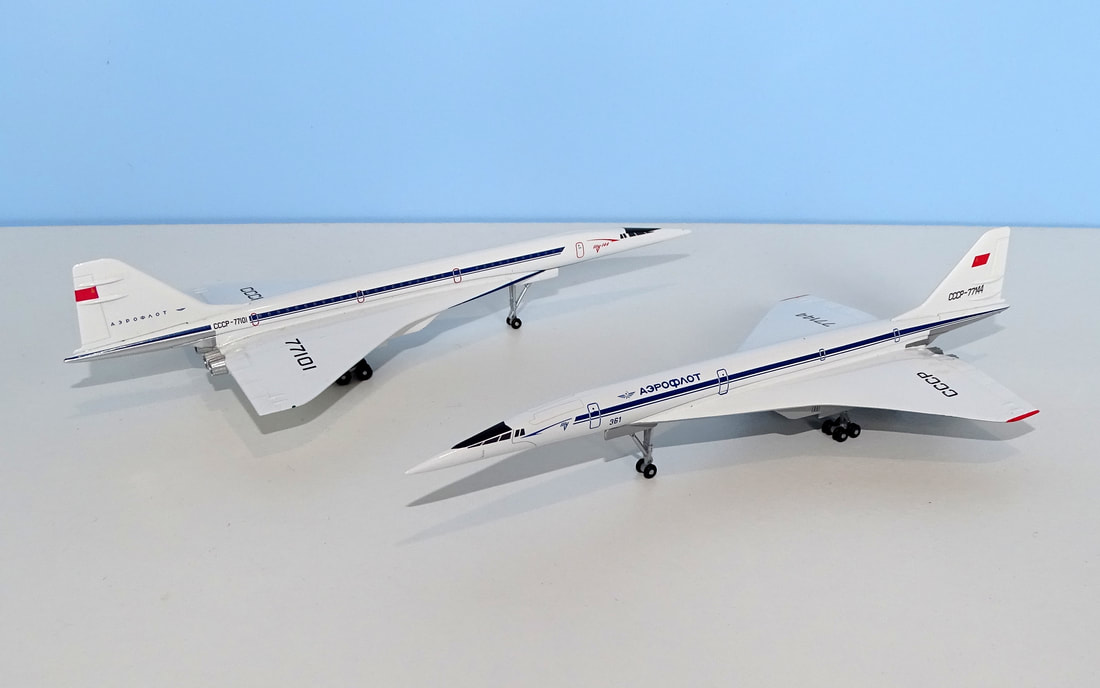
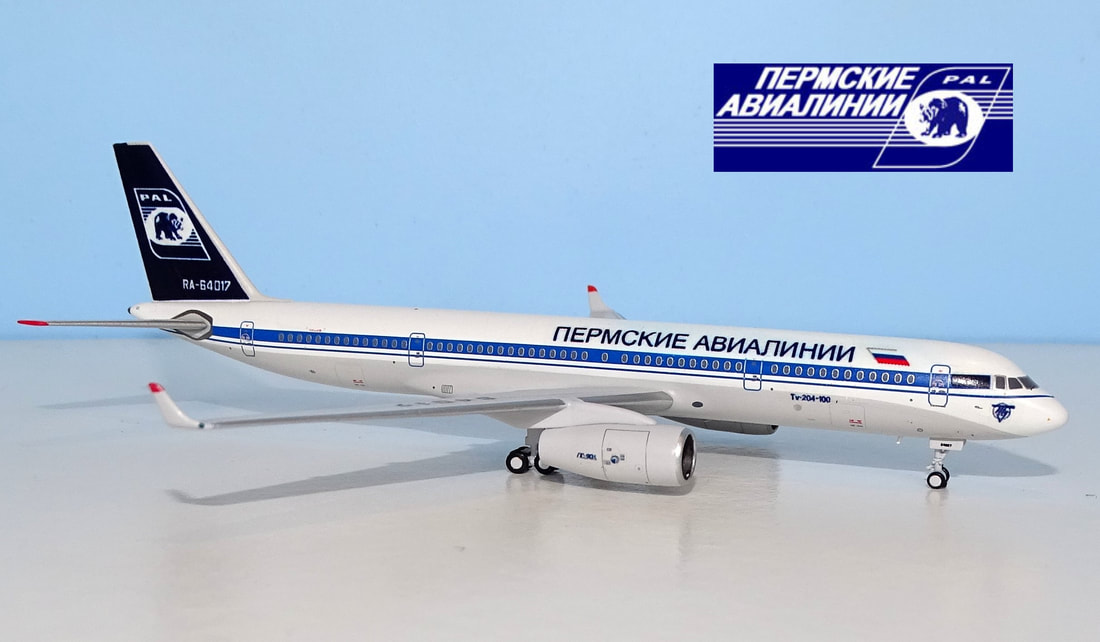
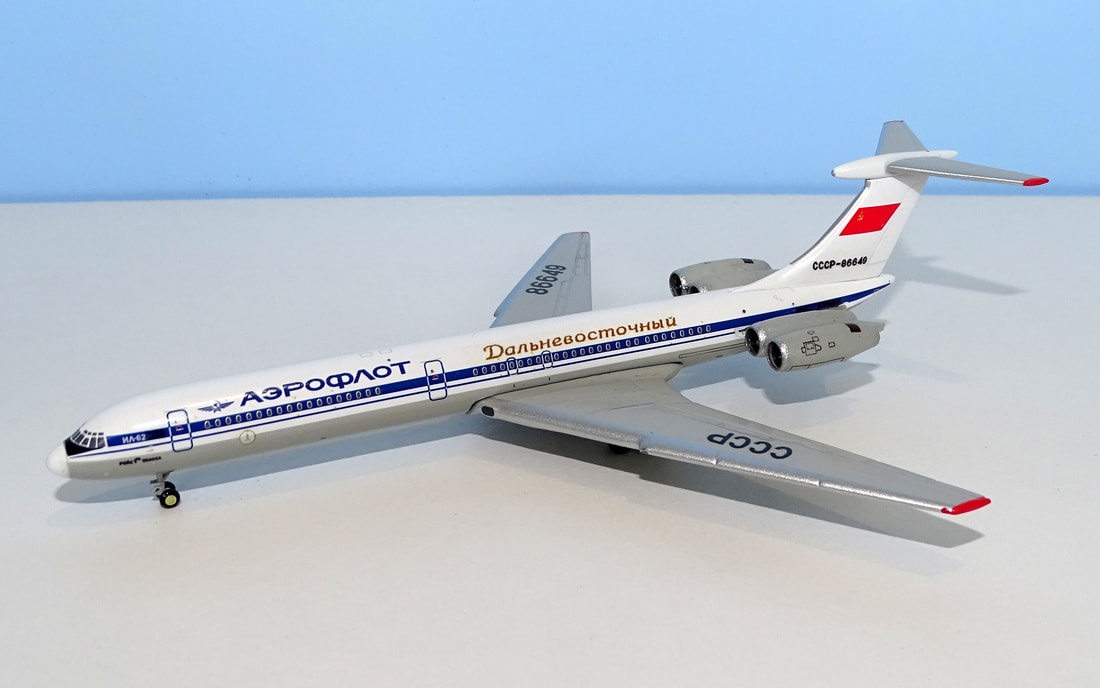
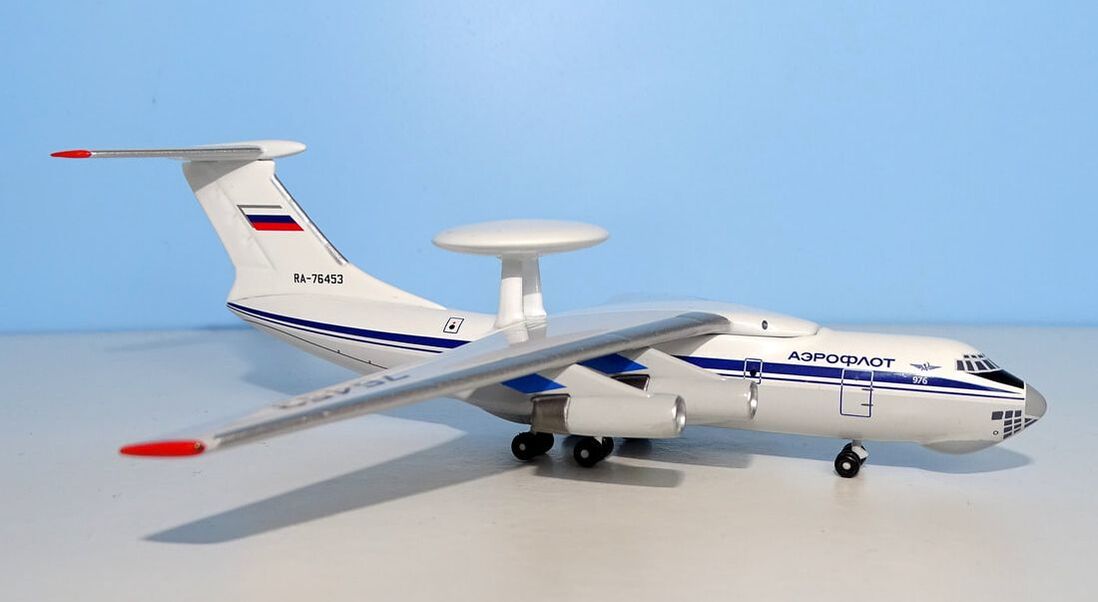
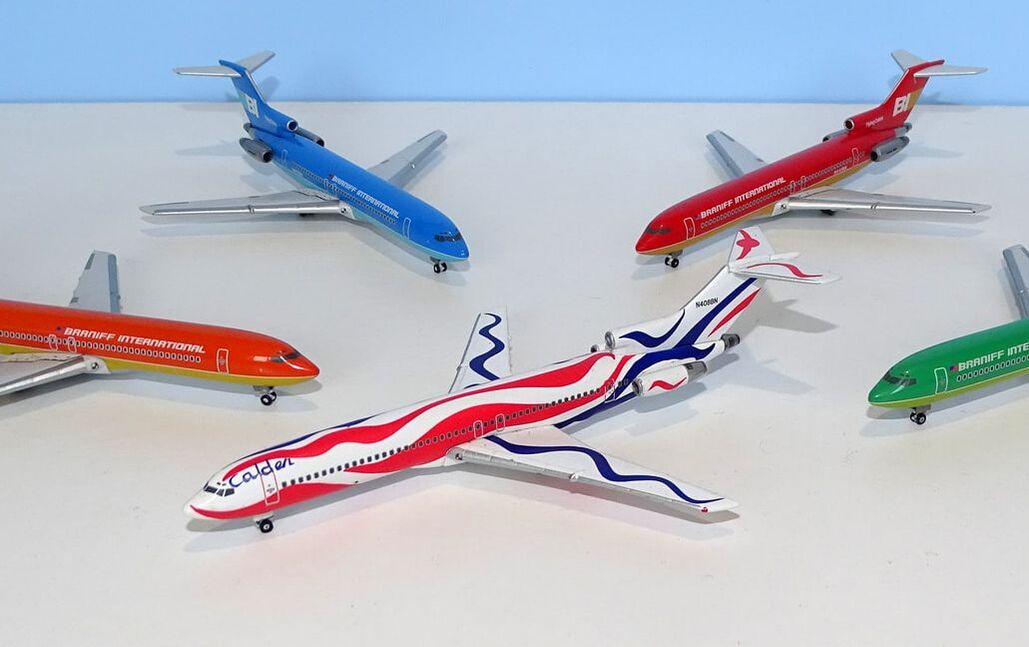
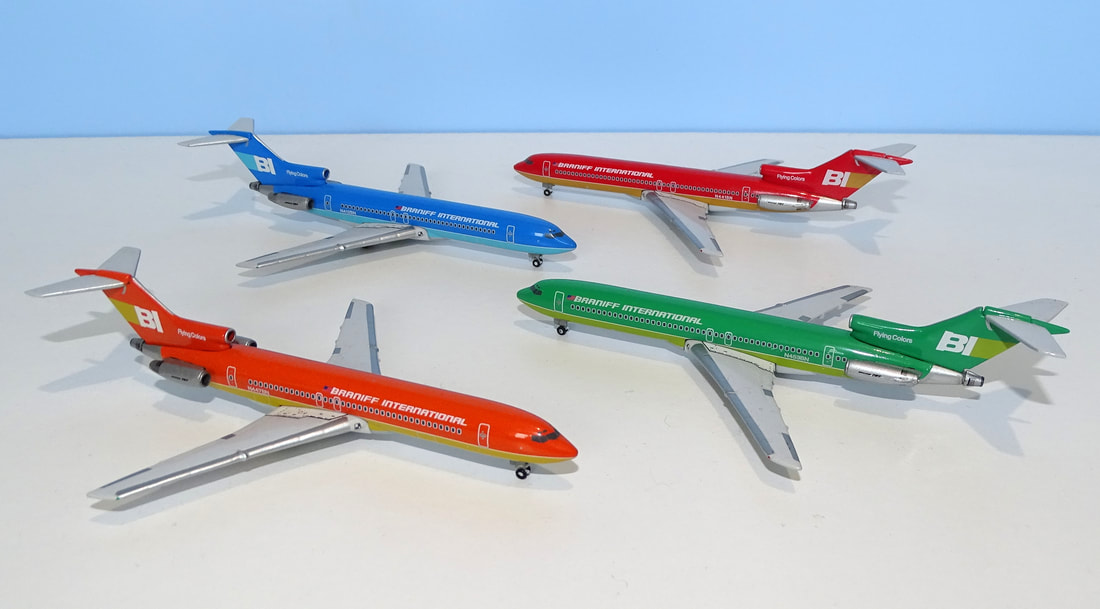
 RSS Feed
RSS Feed